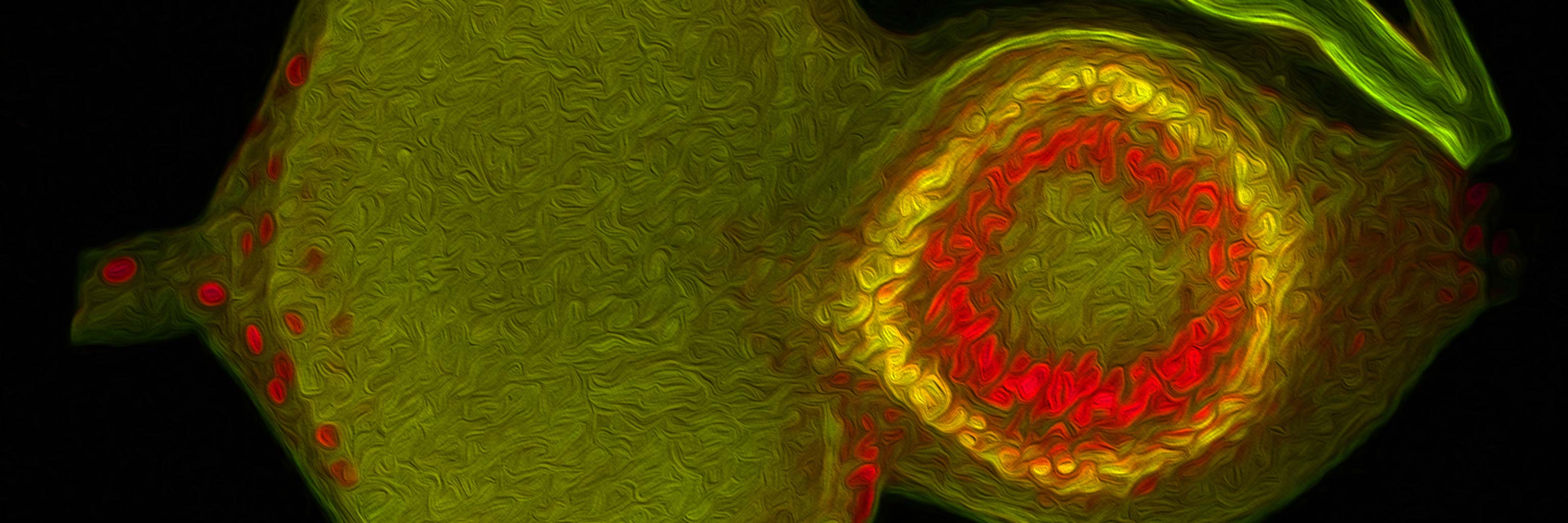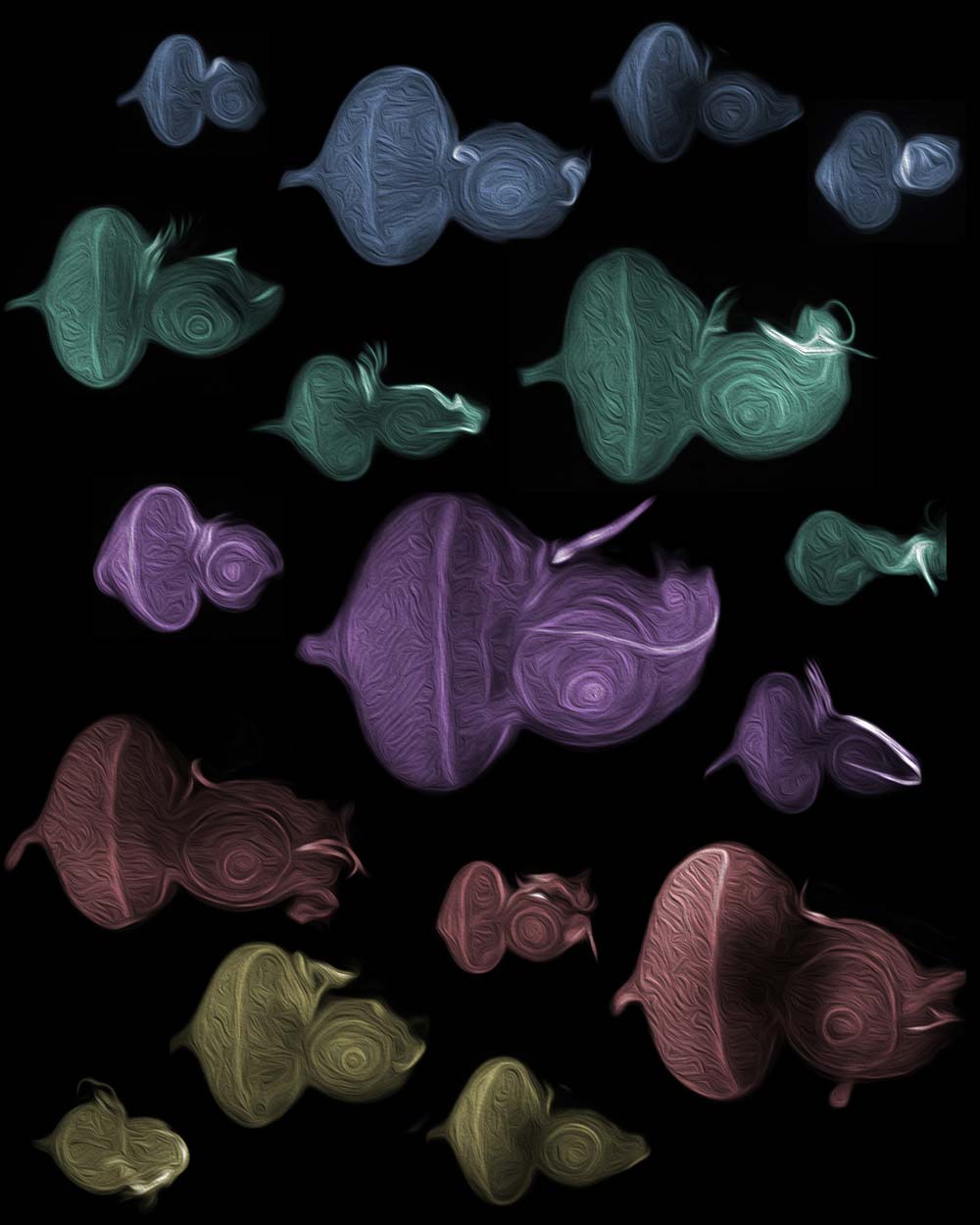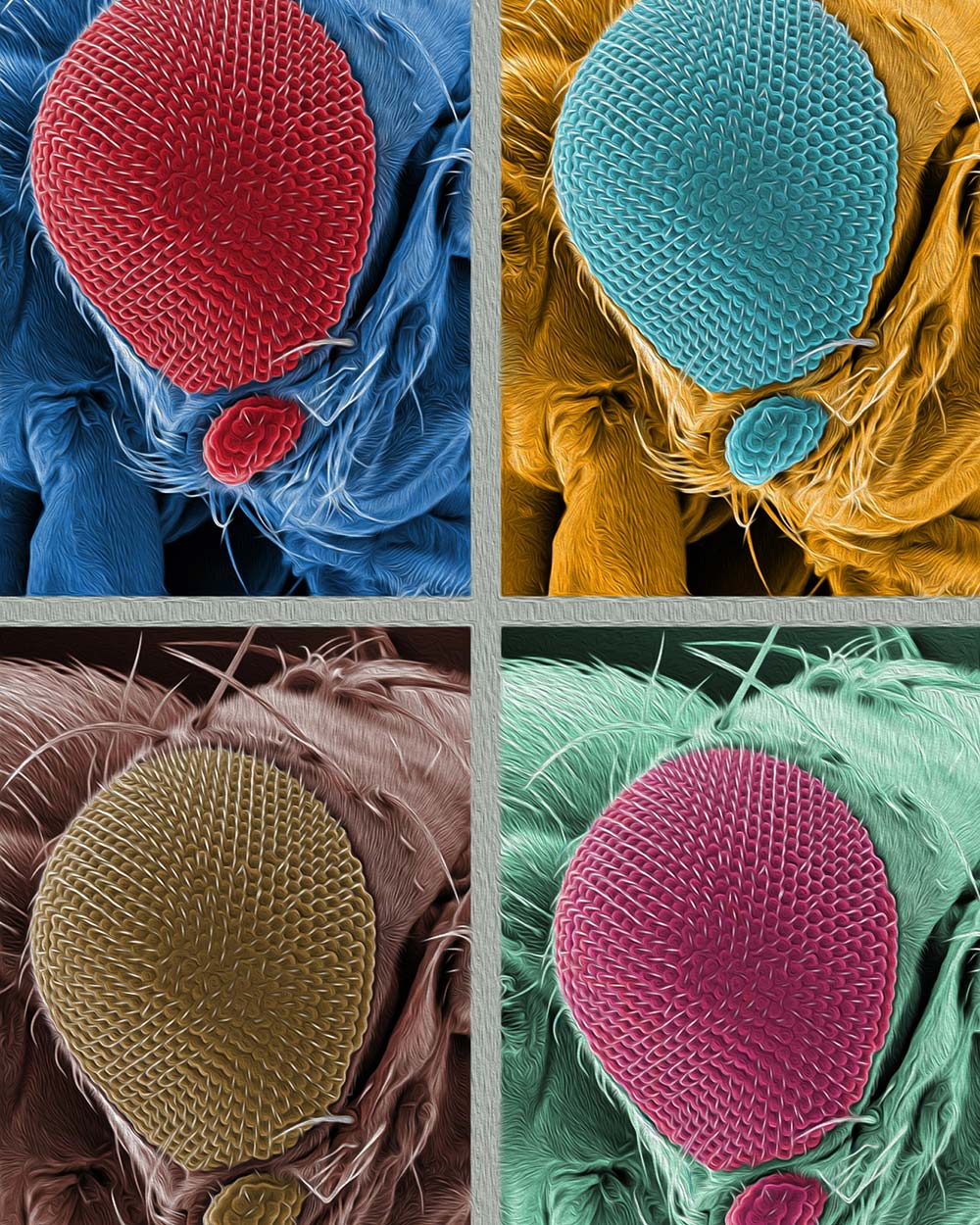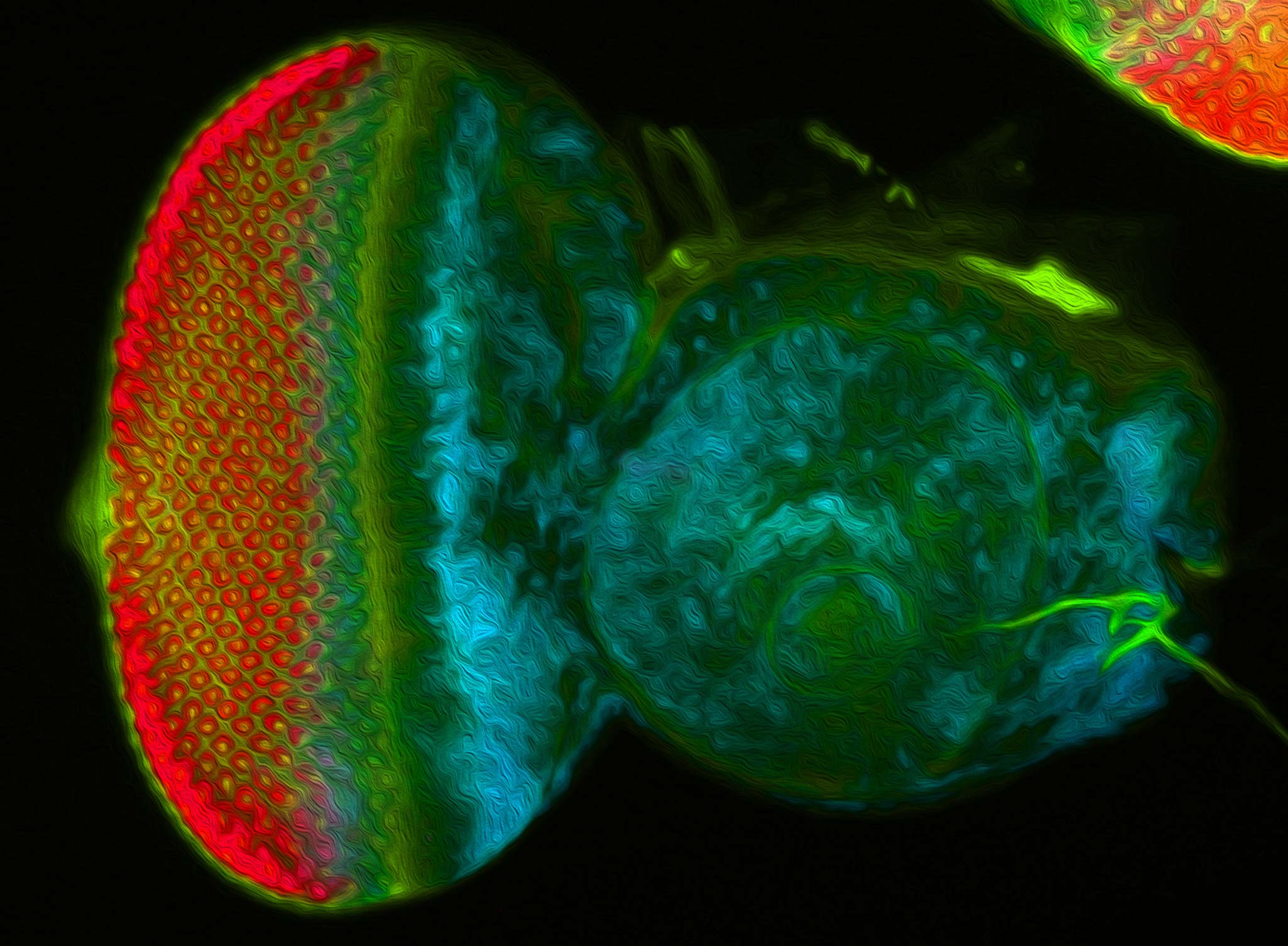Developmental geneticists are fascinated by the question of how genetic instructions specify the morphological characteristics that make each species unique. Multicellular eukaryotes as diverse as humans, fruit flies, or plants have in common their development from single cells that divide repeatedly in a highly regulated fashion to produce three-dimensional organisms displaying polarity (up versus down; front versus back) and symmetry.
Neighboring cells can make differential use of their identical genomic information to form myriad cell types, tissues, and organs with complex functions. For cells to achieve their specific fates, thousands of genes must be selectively activated and others must be repressed, with epigenetic chromatin modifications helping maintain the on or off states, depending on developmental and environmental cues. Molecules mediating intercellular signaling, cell-to-cell communication, and long-distance transmission of growth signals (e.g., hormones) are also critical for orchestrating developmental processes.
The Genome, Cell, and Developmental Biology (GCDB) Program at Indiana University is known for its breadth and depth of expertise in these aspects of modern developmental biology. Using numerous model organisms as well as state-of-the art instruments for microscopy, cell sorting, and high-throughput analyses of whole genomes, regulatory RNAs, and proteins—researchers within the GCDB program are pursuing answers to some of Biology’s most burning questions.




 The College of Arts
The College of Arts